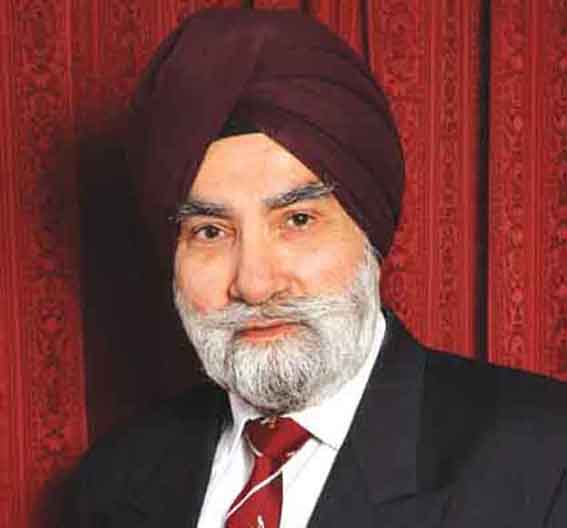Sikh Response to Distortion of Sikh History:

During and following Guru Tegh Bahadur 400th Parkash celebrations, India, including some Sikh writers seem to have re-discovered the immense contribution of the Guru. This was after years of distortion of classroom Sikh history by Indian NCERT historians. Sikh parcharaks too had confined the most widely travelled Guru after Guru Nanak Sahib to meditation at Bakala.
In August 1986 Prof. Piara Singh Padam completed his search for original records and published Guru Kian Sakhian, a Bhat Vahi record collated by Bhai Swarup Singh Kaushish in 1790. This record is of important Sikh events as preserved through Bhat family tradition. The Bhats were well educated and earned their livelihood by keeping records of prominent families (ghranas). Many embraced Sikhi and the poetic work of some received a place of honour in Guru Granth Sahib.
Recently, there was a reminder from, S Tarlochan Singh Ex-MP and former Indian Minorities Commissioner, to summarise historical facts uncovered through ongoing research. Prof Piara Singh Padam wrote in his introduction to Guru Kian Sakhian that due to ignorance, there are many incorrect dates of events in our history. For example, that Guru Hargobind was 11 years old when Guru Arjan was martyred and that Guru Gobind Rai was 9 years at the time of the martyrdom of Guru Tegh Bahadur. The Bhat Vahis and other ancient writings show Guru Hargobind as aged 16 years and Guru Gobind Rai as 15 years at the relevant times. Similarly, Guru Harkrishan ascended the Gurgadhdi at the age of 9 years and not 5 years. Bhat Vahi evidence shows that Guru Tegh Bahadur was not kept out of Harmandar Sahib but was greeted with respect by Baba Har Ji and his son. Guru Ji accompanied by Makhan Shah and other Sikhs, went for darshan of Darbar Sahib (Sakhi 21 in Guru Kian Sakhian).
Bhat Vahi account of Baba Ram Rai taking his younger brother, Guru Har Krishan seated with honour in a palki accompanied by prominent Sikhs, to Emperor Aurungzeb, and his responses to questions relating to Gurgaddi asked by Aurungzeb, leaves no doubt that Baba Ram Rai had fully accepted the decision of his father Guru Har Rai, that Guru Har Krishan was indeed the True Guru of the Sikh movement. Baba Ram Rai himself made no claims to Gurgadhi. He fully respected the decision of his father.
Piara Singh Padam wrote that Sikh historian (sakhikars) never tire of condemning Babas Ram Rai and Dhir Mal. The truth is that they did err and were side-lined but it is a historical fact that Baba Dhir Mall and his son Ram Chand were also the victims of Delhi Sarkar and quoted martyrdom. Due to our ignorance we never developed due respect for them. However, it is another issue that their chelas caused divisions due to vested interests and to please Delhi rulers.
The life-time of Guru Tegh Bahadur spanned five Guruships from Guru Hargobind to Guru Gobind Singh. The role of the Guru was pivotal and provided the essential continuity during this period. That calls for more research including the vital role of Guru-ghar ladies prominently mentioned in Bhat Vahis.
Research in the light of Gurbani, authentic contemporary Guru period literature, Sikh institutions established during the Guru period and well-established Sikhi values known worldwide, is the ongoing need to counter distortion of Sikh history.
Gurmukh Singh OBE
Principal Civil Servant Retd.